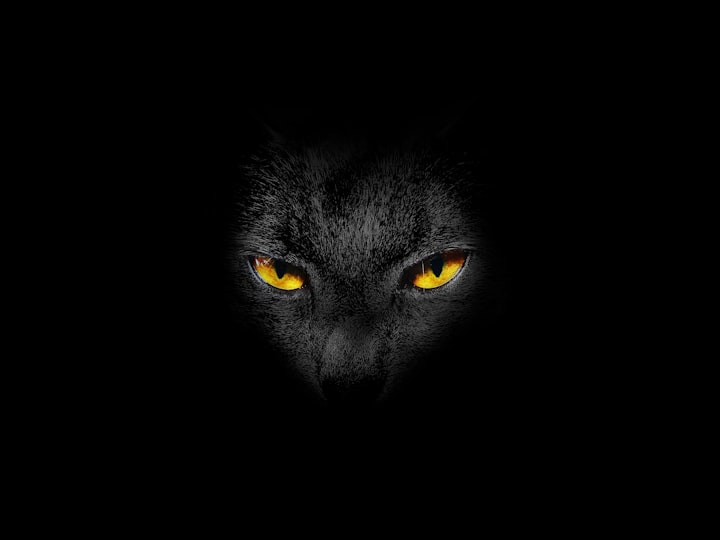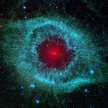A Time When Life Had No Eyes
For about 2 to 3 billion years, primitive life forms on Earth could not detect light; they had to go through their lives in a pitch-black world.

I write short easy-to-understand stories about the universe and life, here are two, enjoy.
British spelling
<><><>
1/2
Early life on Earth had no eyes; then came simple eyespots or light receptors. Now, for the first time, organisms could detect some light and be aware of their environment.
We know that trilobites evolved compound eyes by studying their 550 million-year-old fossils. We still see compound eyes in some animals today.
From those first simple eyespots, we now witness a wide diversity of complex eyes throughout the animal kingdom.
Surprisingly, there is a species that has only one eye; they are from a genus called copepods. They are small creatures measuring just a few millimetres in length.
A weathervane scallop has around one hundred simple eyes.
The prize for the largest eyes in the animal kingdom goes to the colossal squid. Their eyes can measure as much as 27 centimetres across, or over 10 inches, the size of a soccer ball.
They could be the largest eyes of any creature that has ever lived.
Over thousands of generations, little evolutionary improvements were made to primitive eyes before some animals finally evolved complex camera-style eyes like the two reading this article.
<><><>
2/2
The sun is tiny in comparison to some stars.

Here is a comparison between the sun and the massive star UY Scuti.
Our closest star, the sun, is at the centre of the solar system. This ball of plasma is heated by nuclear fusion in its core and is the most important energy source for all life on Earth.
Although we have to thank the sun for our existence, it is nothing special when considering some other stars.
It is difficult to calculate how many stars there are in our galaxy, the Milky Way; one estimate is 200 billion. And remember, there are an estimated two trillion galaxies in that gargantuan area we call the universe.
One such star within the Milky Way is arguably the largest; its name is UY Scuti. The next few lines will give you a better idea of how massive a star it is.
Eight planets orbit the Sun. The inner rocky planets are Mercury, Venus, Earth, and Mars. Then, much farther out, are the gas giants Jupiter, Saturn, Uranus, and the most distant planet, Neptune.
Planet Mars circles the Sun at an average distance of 228 million kilometres, but it can be much closer or farther away at certain times.
The gas giant Jupiter orbits the Sun at roughly 778 million kilometres.
Now it is time to use your imagination. It is the only way to make sense of UY Scuti’s size.
Imagine taking the sun away and replacing it with UY Scuti. That would be a disaster for most of the eight planets: Mercury, Venus, Earth, Mars, and Jupiter would all be inside this supergiant star.
The diameter of the Sun is 1,392,680 kilometres, but this monster star is 1,700 times wider than the Sun. The surface of UY Scuti would be almost as far out as Saturn’s orbit.
Well, there you have it; our sun is minuscule compared to countless other stars.
The end.
<><><>
We can only imagine what our early ancestors thought as they gazed up at the night sky—were they curious about what the heavens had to hide?
Now it is very different, as we have developed sophisticated telescopes and other specialised scientific instruments that are helping to reveal some of the secrets the universe holds.
Simple life forms have been living on our planet for at least 3.5 billion years; since then, billions of animal species have existed, and millions of species are still alive today.
The evolutionary path of life has been long, but at last, we have arrived. Our highly developed brain has given us intelligence and curiosity; now we can try to understand the reason for our existence.
<><><>
You may find my easy-to-understand stories about the universe and life interesting and educational.
Subscribe to me for free, and you will see my latest stories. Enjoy.
About the Creator
Unravelling the Universe
We can only imagine what our early ancestors thought as they gazed up at the night sky—were they curious about what the heavens had to hide?
Enjoyed the story? Support the Creator.
Subscribe for free to receive all their stories in your feed. You could also pledge your support or give them a one-off tip, letting them know you appreciate their work.






Comments
There are no comments for this story
Be the first to respond and start the conversation.